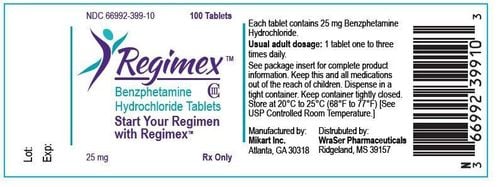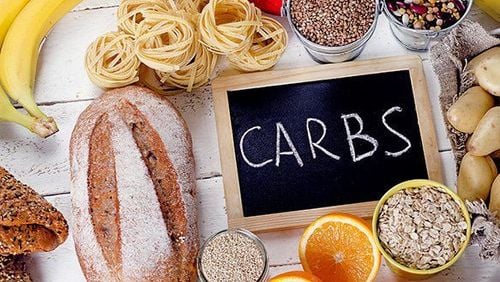This is an automatically translated article.
When people with diabetes monitor their diets, carbohydrates (carbs) are of particular concern because they have a faster and stronger impact on blood glucose levels than protein or fat. Although fiber is a complex carbs, it is extremely important and necessary for people with diabetes.1. Carbs and diabetes
Carbs are a basic ingredient in food that the human body uses for energy. Carbs include simple carbs (simple carbohydrates) and complex carbs (complex carbohydrates).Simple carbs are structured with only one or two sugar molecules. Simple carbs have a sugar molecule called a monosaccharide (including fructose in fruit,...); Simple carbs have two sugar molecules called disaccharides (including sucrose in sugar, lactose in dairy products, maltose in beer and some vegetables, etc.).
Complex carbs have a structure containing three or more sugar molecules, called polysaccharides, which are the main components of starchy foods. There are two types of polysaccharides: branched polysaccharides and unbranched polysaccharides. Complex carbs are found in beans, peanuts, potatoes, corn, beets, cereals, whole grains, etc. Fiber is also a type of complex carbs.
Natural sources of carbs commonly used by humans include:
Fruits Vegetables Milk Nuts and seeds Grains Sprouts Legumes
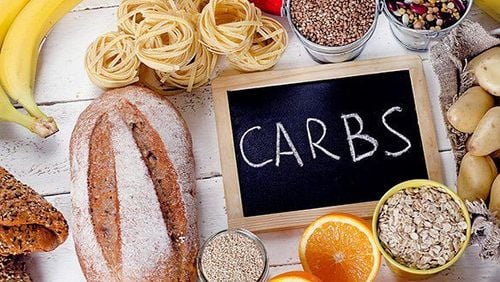
Carbs là một thành phần cơ bản trong thức ăn mà cơ thể con người sử dụng để tạo ra năng lượng
According to US nutritional recommendations for healthy adults, 45 - 65% of total energy should be obtained from carbs, of which up to 10% from simple carbs. Thus, if the total amount of energy per day is 2000 calories, the amount of energy provided by carbs will fall into the range of 900 - 1300 calories, equivalent to the number of carbs eaten per day is 225 - 325 g.
Calculating the amount of carbs from foods and drinks helps a lot in dividing meals evenly, so that insulin will be used more effectively. If too little insulin is used, the blood sugar level will rise, and if too much insulin is used, the blood sugar will drop. Both situations have serious implications for patient health and safety.
Knowing how to calculate carbs, diabetics can consume almost any food, because product information can be found on the label, and with the amount of carbs listed on the label, the patient You can calculate it yourself to use according to your own diet.
The nutrition information section on the product label will help identify good carbs and bad carbs. The sections to pay attention to are:
Total carbohydrates: to help identify the total amount of carbohydrates in the product, including the content of the constituent elements such as sugar, fiber and other carbohydrates. Dietary fiber: indicates the total amount of fiber in the product. Sugars: This section shows the total amount of carbohydrates from sugar in the product, and this can be natural sugars like lactose and fructose or can be added sugars like high-fructose corn syrup. Other carbohydrates: This section shows the total amount of other digestible carbohydrates other than sugar. Sugar alcohols: Some product labels have a sugar alcohols section below the total carbohydrates section. For some people, sugar alcohols can cause digestive problems such as bloating, stomach upset or diarrhea. If interested in this ingredient, it will be listed under names such as lactitol, mannitol, maltitol, sorbitol, xylitol,... Calculating the amount of carbs is very useful for patients who are on insulin therapy many times. during the day, or for patients who want to diversify food sources in their diet. The dose and type of insulin a patient is prescribed can affect how flexible the diet is.
Besides counting carbs , patients can also use the food exchange chart for the diabetic diet . To understand the principles as well as how to use the table, patients need to consult the guidance of a specialist.
2. What role does fiber play in diabetics?
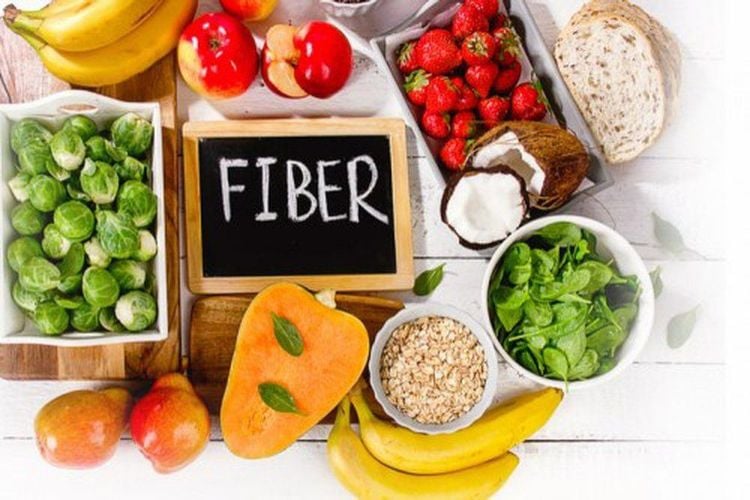
Chất xơ có vai trò như thế nào đối với bệnh nhân đái tháo đường?
The only way to get natural fiber is to consume plant-based foods. To get more fiber, eat plenty of the following foods:
Fresh vegetables and fruits Cooked beans and pulses Whole grain breads, cereals, crackers Brown rice Whole rice products bran Nuts and sprouts The amount of fiber an adult needs to eat each day is:
Men 50 years old and younger: 38g Men over 50 years old: 30g Women 50 years old and younger: 25g Women over 50 age: 21g
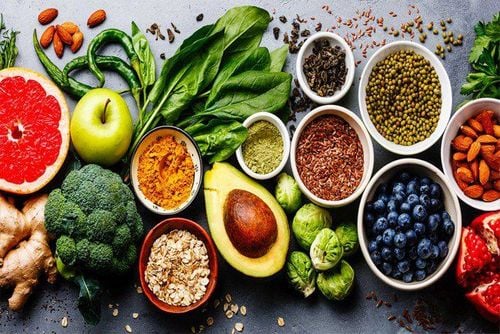
Cách duy nhất để có được chất xơ tự nhiên là tiêu thụ các thức ăn có nguồn gốc thực vật
Increasing the amount of fiber in the meal helps a lot for the digestive system, such as preventing bloating and abdominal pain. However, for the digestive system in particular, and the body in general to be healthy, the patient should also pay attention to drink the necessary amount of water each day.
Please dial HOTLINE for more information or register for an appointment HERE. Download MyVinmec app to make appointments faster and to manage your bookings easily.
Article referenced source: Webmd.com




